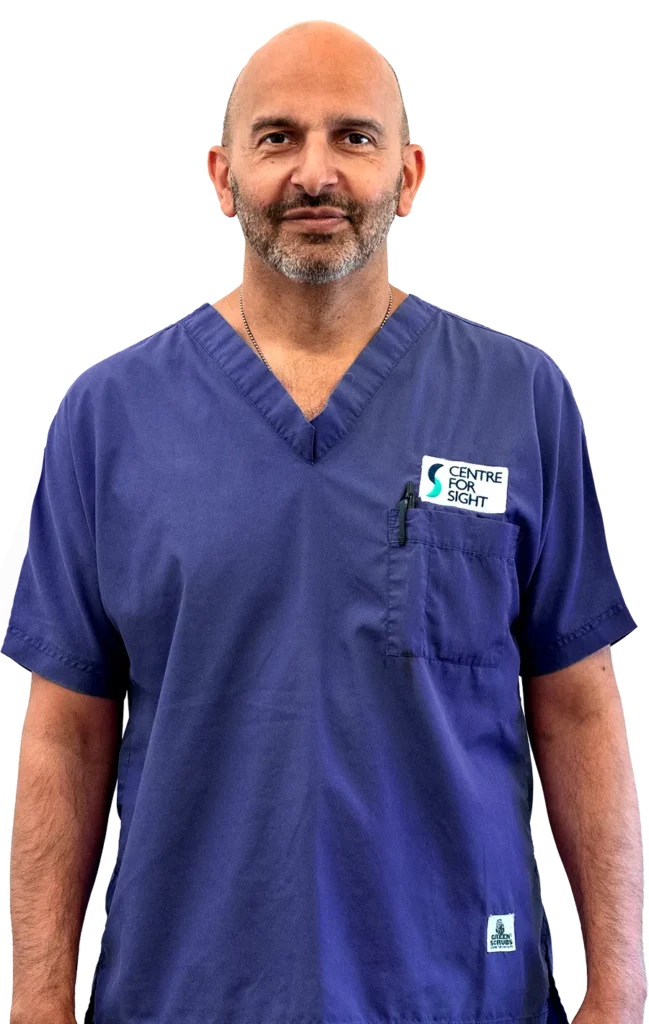Supracor LASIK is an advanced laser eye surgery designed to treat presbyopia, a common age-related condition that makes it harder to see objects up close. This procedure reshapes the cornea to enhance vision across all distances—near, intermediate, and far. By correcting presbyopia, Supracor LASIK significantly reduces or eliminates the need for reading glasses.
The procedure typically involves:
- Using a femtosecond laser to create a thin flap on the cornea.
- Reshaping the cornea with an excimer laser to add a multifocal profile, improving focus.
- Treating the non-dominant eye for near vision and the dominant eye for distance vision.










